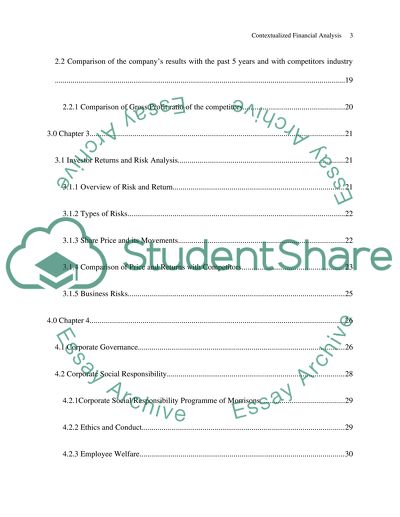Cite this document
(“A contextualised analysis of MORRISON (WM) SUPERMARKETS PLC Coursework”, n.d.)
A contextualised analysis of MORRISON (WM) SUPERMARKETS PLC Coursework. Retrieved from https://studentshare.org/finance-accounting/1402903-contexualised-analysis-of-wm-morrison-supermarkets
A contextualised analysis of MORRISON (WM) SUPERMARKETS PLC Coursework. Retrieved from https://studentshare.org/finance-accounting/1402903-contexualised-analysis-of-wm-morrison-supermarkets
(A Contextualised Analysis of MORRISON (WM) SUPERMARKETS PLC Coursework)
A Contextualised Analysis of MORRISON (WM) SUPERMARKETS PLC Coursework. https://studentshare.org/finance-accounting/1402903-contexualised-analysis-of-wm-morrison-supermarkets.
A Contextualised Analysis of MORRISON (WM) SUPERMARKETS PLC Coursework. https://studentshare.org/finance-accounting/1402903-contexualised-analysis-of-wm-morrison-supermarkets.
“A Contextualised Analysis of MORRISON (WM) SUPERMARKETS PLC Coursework”, n.d. https://studentshare.org/finance-accounting/1402903-contexualised-analysis-of-wm-morrison-supermarkets.


